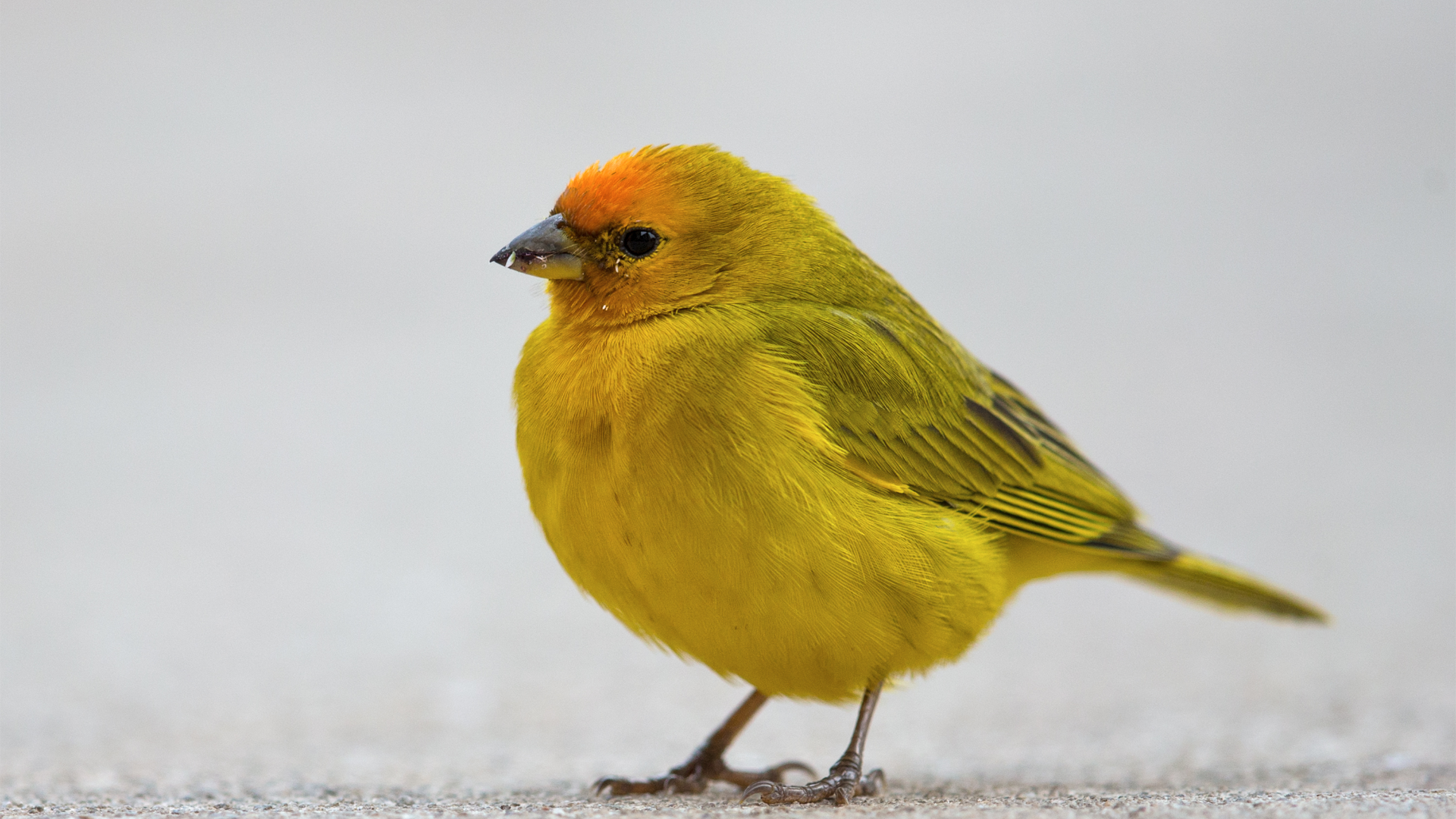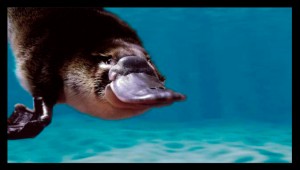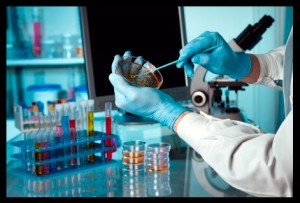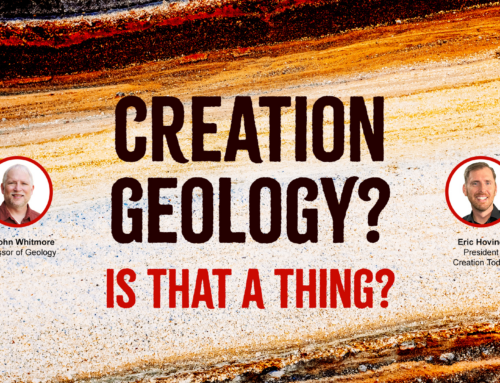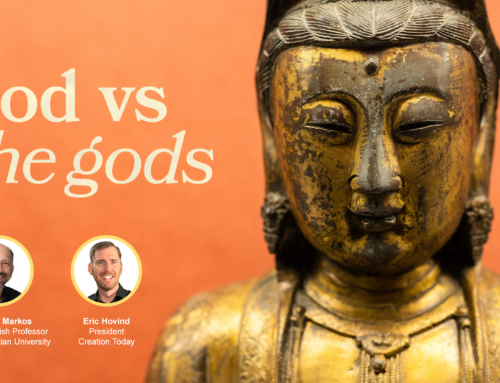 Mystery of Species
Mystery of Species
Greek philosophers are thought to be the first to begin classifying living things. The story behind the word species (Greek εἶδος) began with Plato.
Building on Plato, Aristotle used genus (γένος) and species as philosophical categories. A genus was a category and a species was a subcategory of a genus. At the time, the two terms were just as often applied to inanimate things as to living ones. Then, as now, the term has continued as a mystery looking for a definition.
Charles Darwin agonized over the longstanding problem of the term. In The Origin of Species, Darwin wrote, “… of the term species. No one definition has satisfied all naturalists.”
The first widely recognized modern unifying definition was advanced by biologist Ernst Mayr in the 1940’s. Mayr declared that “species are groups of interbreeding natural populations that are reproductively isolated from other such groups.”
While Mayr’s definition is good to a point, the platypus epitomizes why the definition of species remains a mystery.
This duck-billed oddity resembles a mammal, a bird, and a reptile all in one species. These mismatching characteristics undermine Darwin’s common ancestor paradigm. Darwin recognized this problem.
In a 1860 letter to Charles Lyell, Darwin lamented that “I quite agree with you on the strange and inexplicable fact ofOrnithorhynchus [platypus].” The evolutionary path of the platypus from a common ancestor was simply a “strange and inexplicable” phenomenon from the perspective of Darwin’s “tree of life.” theory.
Microbes
Award-winning science writer Carl Zimmer in the article “The Zoo in the Mouth” published in National Geographic highlights this tension between reality and theory in defining the term species. According to Zimmer, “These definitions work tolerably well for animals and plants. But they’ve turned out to be pretty lousy for microbes.”
As challenging as the platypus is within an evolutionary paradigm, microbes fair worse. In the early twentieth century, scientists classified microbes based on known anatomical and biological functions. By the mid-century, scientists increasingly attempted to incorporate genetics in the analysis of species classification of microbes . For the evolution industry, though, the difficulty increased exponentially.
“The diversity of microbes turned out to be mind-bogglingly exuberant,” Zimmer laments. “Microbes that had been considered almost identical before the age of DNA turned out to be more genetically different from each other than maple trees and penguins.” Microbes are massively complex – the genetics of microbes is “mind-boggling.”
As an example, Zimmer uses a gram-negative bacterium Escherichia coli (E. coli): “a single species–E. coli–turned out to contain multitudes, from beneficial bacteria that can heal a baby’s dysfunctional gut to all sorts of pathogens that make us sick in frightfully different ways.” In different ways for sure: this year alone, the CDC identified two epidemics caused by E. coli – one linked to clover sprouts and one to ground beef.
Unlike plants and animals, microbes do not pass DNA on to the next generation. “They are constantly swapping genes with each other, with little respect for any so-called species barrier.” Zimmer explained. “Scientists sometimes try to represent this gene traffic by drawing a web of life instead of a tree of life.”Even in single cell organisms, replacing the tree of life with a web concept undermines Darwin’s tree of life theory –
For Zimmer, “Trying to fit microbes into a definition of species based on animals and plants is a bit like trying to herd a flock of flamingos into a school bus.” Astonishingly, evolution’s original form of life, fail species classification.
“The situation is such a mess that some microbiologists have given up on species altogether,” Zimmer concedes. In 2012, geneticist W. Ford Doolittle of Dalhousie University reflected on the dilemma of species in an article “How Bacterial Species Form and Why They Don’t Exist” published in Current Biology. In the words of Doolittle,
” Two processes suggested to drive bacterial speciation — periodic selection and recombination — are generally thought to be mutually opposed. Recent work shows that data taken as evidence supporting the former may be explained by the latter, raising further problems for the idea of bacterial ‘species’.”
DNA Sequences
Scientists have been stumbling through a labyrinth of DNA and RNA sequencing techniques to classify microbes into species. Even oligotyping, a highly advanced sequencing technique, has failed to distinguish genetic differences not only between but within species.
A research team headed by A. Murat Eren (Meren) of the Center for Comparative Molecular Biology and Evolution in Cambridge, Massachusetts in a report “Oligotyping analysis of the human oral microbe” just published, underscores this evolutionary problem even in the microbes commonly inhabiting the human mouth.
In the same bacteria phylum of Firmicutes, one of the most abundant microorganisms in the human mouth, oligotypes were found to vary between not only individuals but between different oral sites. “We discovered closely related oligotypes, differing sometimes by as little as a single nucleotide, that showed dramatically different distributions among oral sites and among individuals,” Meren reports.
Meren continues, “We also detected potentially pathogenic taxa in high abundance in individual samples. Numerous oligotypes were preferentially located in plaque, others in keratinized gingiva or buccal mucosa, and some oligotypes were characteristic of habitat groupings such as throat, tonsils, tongue dorsum, hard palate, and saliva. The differing habitat distributions of closely related oligotypes suggest a level of ecological and functional biodiversity not previously recognized.”
Mystery Continues
Contrary to expectations following the discovery of DNA, genetics has failed to define any species – the same DNA sequences are found in distinctly different species. Even in the simplest of organisms, “Scientists [have] found that a single so-called species contained several distinct oligotypes,” Zimmer notes. Genetic oligotypes are not a distinguishing factor between microbe species. Rather than clarifying the essence of a species, DNA and RNA sequencing is compounding the mystery of species.
“It [once] seemed as though life could be disassembled and reassembled like a child’s blocks,” noted Italian geneticistGiuseppe Sermonti. “Some people then placed their faith in the omnipotence of biology and the prospect—it seemed only a matter of time—of being able to put life together and change it in a test tube.”
Genetic scientific evidence, even in single cell organisms, continues only to further undermine any definition of species as required for a comprehensive theory of evolution.
In the words of Sermonti, “Science has taken on the great wager … and lost.” Twenty-first century evidence is re-examining the definition of species Darwin had distainly dedicated his life to destroy:
“Generally the term includes the unknown element [mystery] of a distinct act of creation.” Charles Darwin
Scientific evidence supports the Genesis account of creation. Evolution was once a theory in crisis, now evolution is in crisis without even a theoretical mechanism.
Biological evolution exists only as a philosophical fact, not as a scientific fact.

